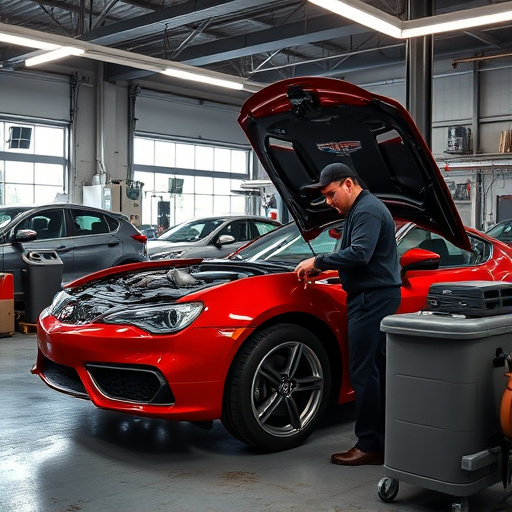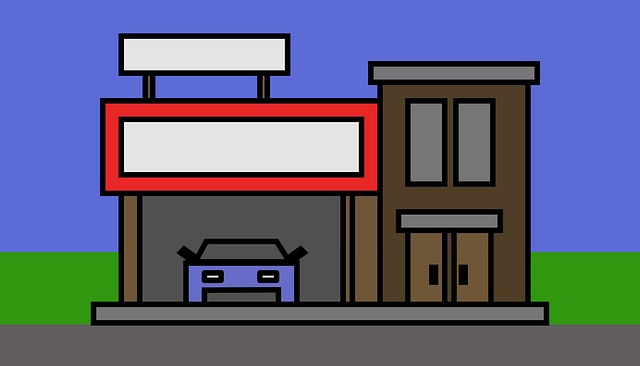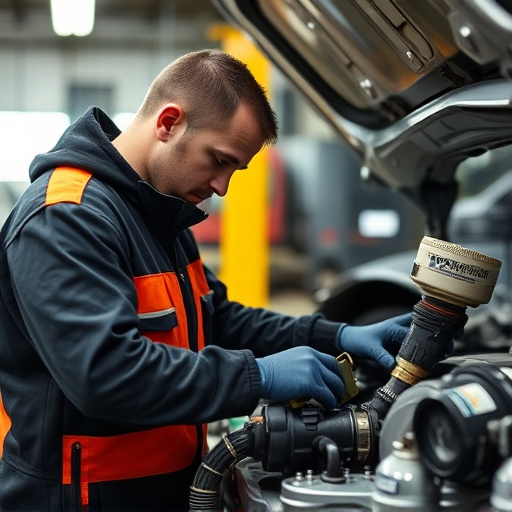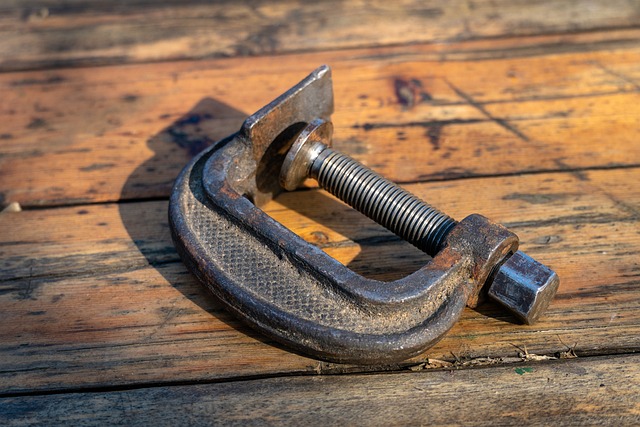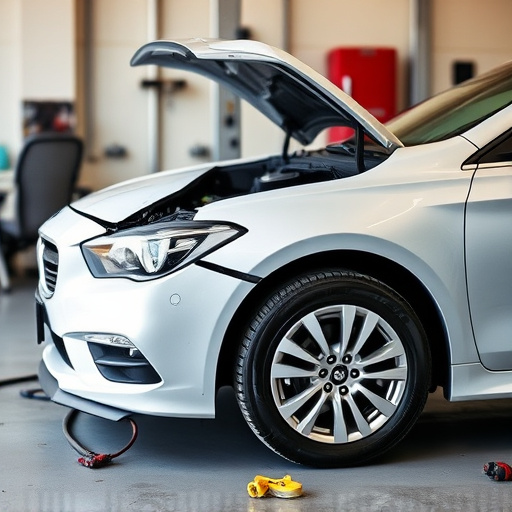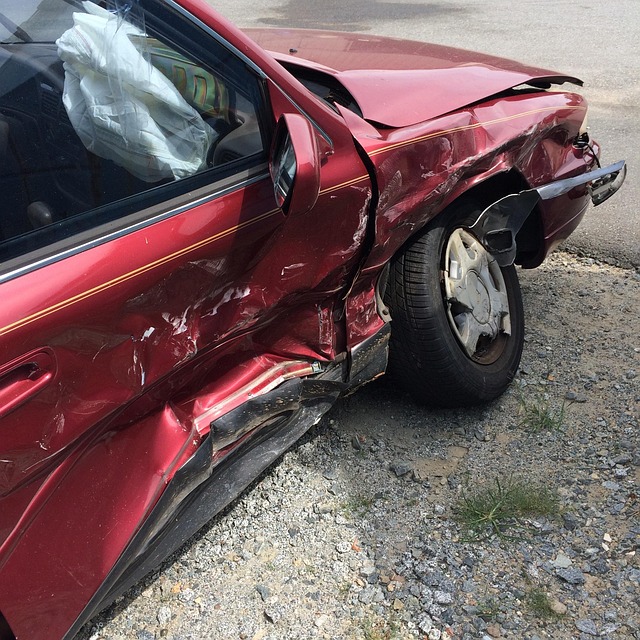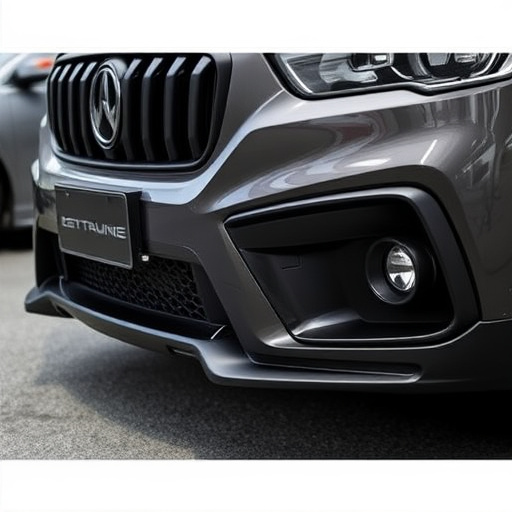Insurance-approved repair programs are crucial for maintaining quality and safety standards in vehicle bodywork, ensuring trained professionals use approved methods and materials. These programs offer policyholders peace of mind and enhanced structural integrity, while insurers benefit from cost efficiency, risk management, and streamlined claims processes. Technological innovations, such as computer-aided design software and robotic welding, are transforming the industry, making insurance-approved repairs more accessible, efficient, and appealing to both policyholders and providers.
In today’s digital age, where convenience and speed are paramount, insurance-approved repair programs remain essential components of our safety net. These programs, designed to facilitate efficient and reliable repairs after accidents or disasters, offer numerous advantages for policyholders and insurers alike. By ensuring quality workmanship and cost transparency, they streamline the claims process, minimizing financial burden and stress for everyone involved. Moreover, digital transformation is revolutionizing traditional repair processes, making them faster and more accessible than ever before.
- Understanding Insurance-Approved Repair Programs: What They Are and Why They're Relevant
- The Benefits of Using These Programs for Both Policyholders and Insurers
- Navigating the Digital Transformation: How Technology is Enhancing Traditional Repair Processes
Understanding Insurance-Approved Repair Programs: What They Are and Why They're Relevant
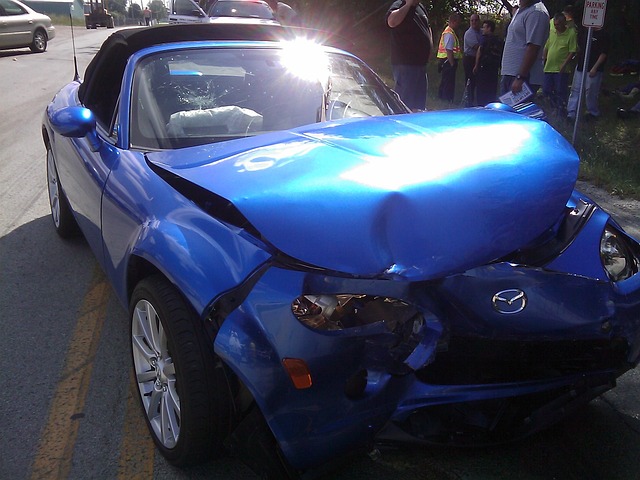
Insurance-approved repair programs play a pivotal role in ensuring consumers receive quality and reliable services when it comes to vehicle body repair. These programs are designed to set standards for car body shops, guaranteeing that repairs meet specific safety and quality criteria. By approving certain repair facilities, insurance companies offer peace of mind to policyholders, assuring them that their vehicles will be handled by trained professionals using approved methods and materials.
This initiative is particularly relevant in today’s world, where vehicle bodywork can involve intricate processes and advanced technologies. Insurance-approved repair programs ensure that car body shops keep up with the latest industry standards, utilizing appropriate techniques for different types of damage. Whether it’s a minor dent or significant collision damage, having approved facilities ensures that repairs are not just visually appealing but also structurally sound, safeguarding both the safety of drivers and the long-term reliability of their vehicles.
The Benefits of Using These Programs for Both Policyholders and Insurers

Insurance-approved repair programs continue to be relevant and beneficial for both policyholders and insurers. For policyholders, these programs offer a guaranteed standard of quality and safety when it comes to vehicle repairs, ensuring that their vehicles are restored to pre-accident condition. This peace of mind is invaluable, as it saves them from the hassle and worry of dealing with untrustworthy repair shops or subpar work. Additionally, insurance-approved repair facilitates a smoother claims process, as all costs are pre-agreed upon, reducing potential disputes and delays in compensation.
On the insurer’s end, these programs promote cost-efficiency and risk management. By recommending approved repair services, insurers can mitigate the chances of fraud or excessive repairs, ensuring that policyholders receive fair and accurate assessments. This, in turn, helps maintain the financial stability of both parties. Moreover, as vehicle repair services often involve specialized skills and materials, insurance-approved programs ensure that the repairs are performed correctly, reducing the likelihood of future damage or safety issues, which benefits both the policyholder and the insurer in the long run.
Navigating the Digital Transformation: How Technology is Enhancing Traditional Repair Processes

In today’s digital era, the insurance-approved repair process is undergoing a silent revolution, thanks to technological advancements. Auto body shops are no longer confined to traditional methods; they’re embracing innovative tools and systems that enhance efficiency and accuracy. From sophisticated computer-aided design software to advanced robotic welding, these technologies enable precise repairs, ensuring vehicles return to the road in top condition.
This digital transformation not only streamlines the entire process but also improves customer satisfaction. Insurance-approved repair programs now offer real-time tracking of vehicle progress, transparent communication, and quick turnaround times—all hallmarks of modern auto body services. Moreover, technology allows for better inventory management, reducing wait times and minimizing costs, thereby making insurance-backed repairs more accessible and appealing to both policyholders and providers alike.
Insurance-approved repair programs remain vital in today’s digital age, offering a win-win solution for policyholders and insurers alike. By adhering to these structured processes, both parties can ensure efficient, cost-effective, and trustworthy repairs, fostering a robust and transparent ecosystem. As technology continues to evolve, digital transformation within these programs further enhances their relevance, ensuring a seamless experience for all involved.
